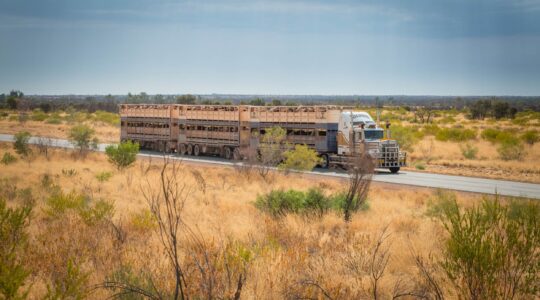South-East Queensland needs to lift its profile and improve its transport to be competitive against similar regions around the world, a new analysis has revealed.
The independent analysis was released today by the South-East Queensland Council of Mayors and the Committee for Brisbane.
It compared SEQ with similar-sized regions such as Greater Vancouver, Seattle-Puget Sound, San Diego Region, South East Florida, Greater Manchester, South Holland Region, Stockholm Region, Hamburg Region, Barcelona Region, Busan City Region and Singapore.
The report Benchmarking South East Queensland (SEQ) – in a global context found SEQ was expected to grow three times faster than these other regions over the next 20 years.
It highlighted the need to boost the region’s profile to attract investment and retain innovative talent.
There was also a need to invest in transport. Weekday bus and train services in SEQ were 38 percent less frequent between major centres than the four largest cities studied for the report.
“SEQ is midway through a historic 40-year transition, during which it is doubling its population from three to six million people and establishing itself as one of the world’s 100 largest city-region economies,” the report concludes.
“This growth trajectory allied to stable foundations place Brisbane in the top 5 percent of cities globally for future opportunity and propel locations across the region into stand-out prospects.”
Council of Mayors (SEQ) Chair, Brisbane Lord Mayor Adrian Schrinner said it was important for SEQ to look at similar cities across the world to understand how they are addressing challenges and opportunities.
“SEQ is relatively unknown compared to other global cities and the Brisbane 2032 Games present a once-in-a-lifetime opportunity to promote our region to the world,” he said.
“By working together with all levels of government and the private sector we can attract more investment, boost productivity and keep our region moving for decades to come.
“We want to learn world-leading practices and work with all levels of government to deliver long-term legacies today, before the 2032 Games and beyond.”
The report said that, even though SEQ was an “administrative construct”, it was consistent with the “city-region” becoming a much more significant feature of global urbanisation.
“As is commonly the case worldwide, SEQ’s own city-region system consists of a core city (Brisbane) which is the largest economic, cultural, and administrative centre, and neighbouring cities, towns, and rural areas whose own economies support and enhance the scale and functions of the whole,” it said.
“As with Miami/South Florida, Barcelona/Catalonia, Vancouver/Greater Vancouver and hundreds of others, SEQ’s international competitiveness and reputation is shaped first and foremost by Brisbane as the primary city.”
Committee for Brisbane CEO Jen Williams said a prosperous national and Queensland economy needed Brisbane and SEQ to be one of Australia’s “Big 3” capital city regions that could compete globally for innovation, investment and talent.
“For a long time our region has punched above its weight. But its clear more work is needed to ensure we remain globally competitive and maximise the long-term benefits of hosting Brisbane 2032,” she said.
“Growing partnerships like the SEQ City Deal is one way all levels of government can work together to deliver on a long-term vision and plan to guide the growth of the region and respond to many of the challenges raised in the report.”
The SEQ City Deal, is a long-term partnership between the Australian Government, Queensland Government and Council of Mayors (SEQ).
The following are some of the key findings in the report:
SEQ HIGHLIGHTS AGAINST THE OTHER REGIONS:
- Second fastest growth in venture capital in last 10 years
- Two times the range of globally-rated university programs
- Three times faster pace of growth over next 20 years
- Lowest air pollution of all nine peer city regions
- Lowest share of income spent on mortgage payments
EMERGING RISKS*
- SEQ is 23 percent less productive compared to peer regions, with overall economic growth driven by population growth, and not growing productivity.
- Third fastest-aging population
- 54 percent lower population density in urban centres
- Ninth of 10 for innovation economy
*2025 benchmarking scores and position vs SEQ’s peer regions
PEER & CASE STUDY REGIONS*
- Barcelona Region (7.3 million people)
- Busan City Region (7.8 million people )
- Hamburg Region (5.4 million people )
- Metro Vancouver (2.9 million people )
- Miami (6.3 million people )
- San Diego Region (3.3 million people )
- Seattle Region (4.0 million people )
- South Holland (3.8 million people )
- Stockholm Region (2.9 million people )
- SEQ (4.0 million people)
- Greater Manchester (2.91 million people)
- Singapore (5.64 million people)
To view the report visit: Benchmarking South East Queensland – Council of Mayors (SEQ)








